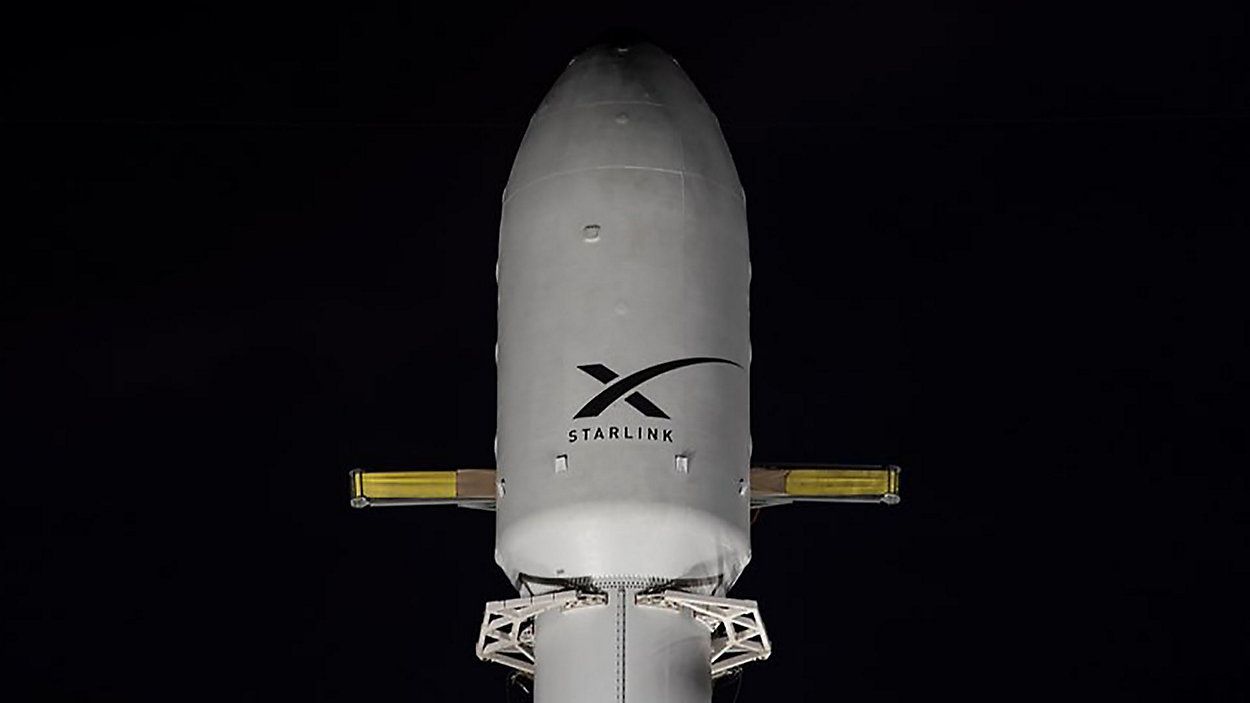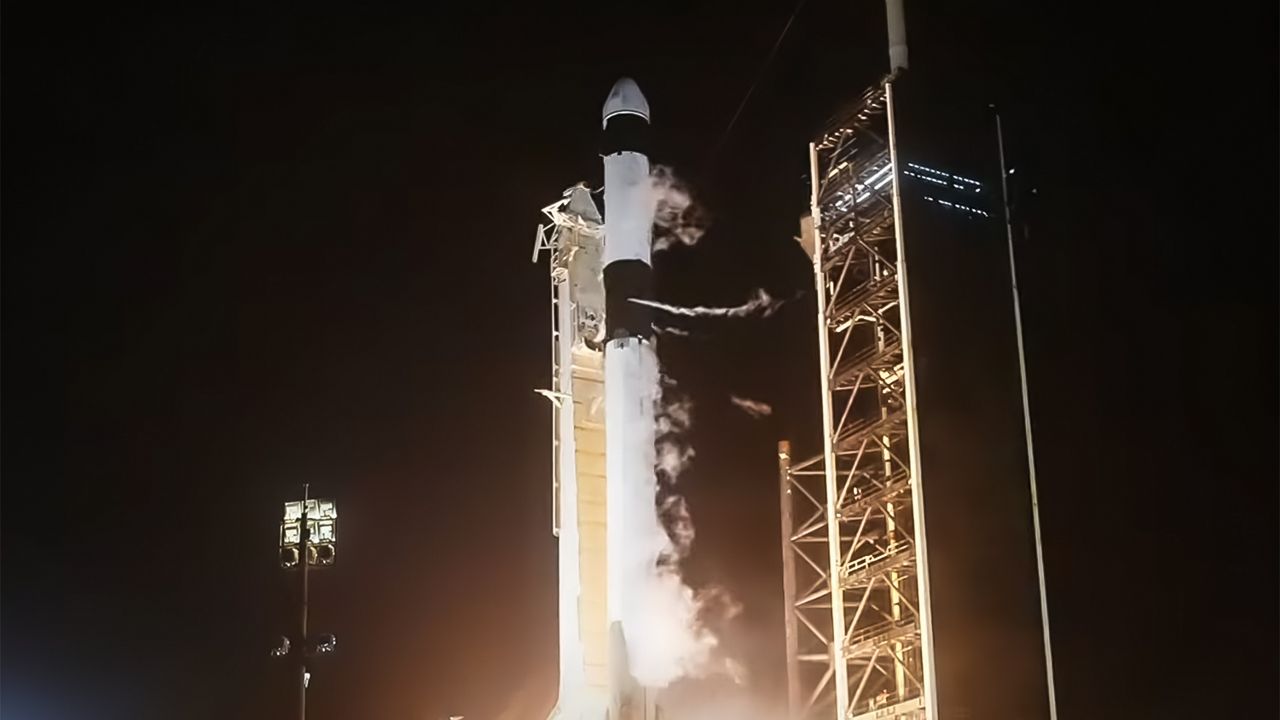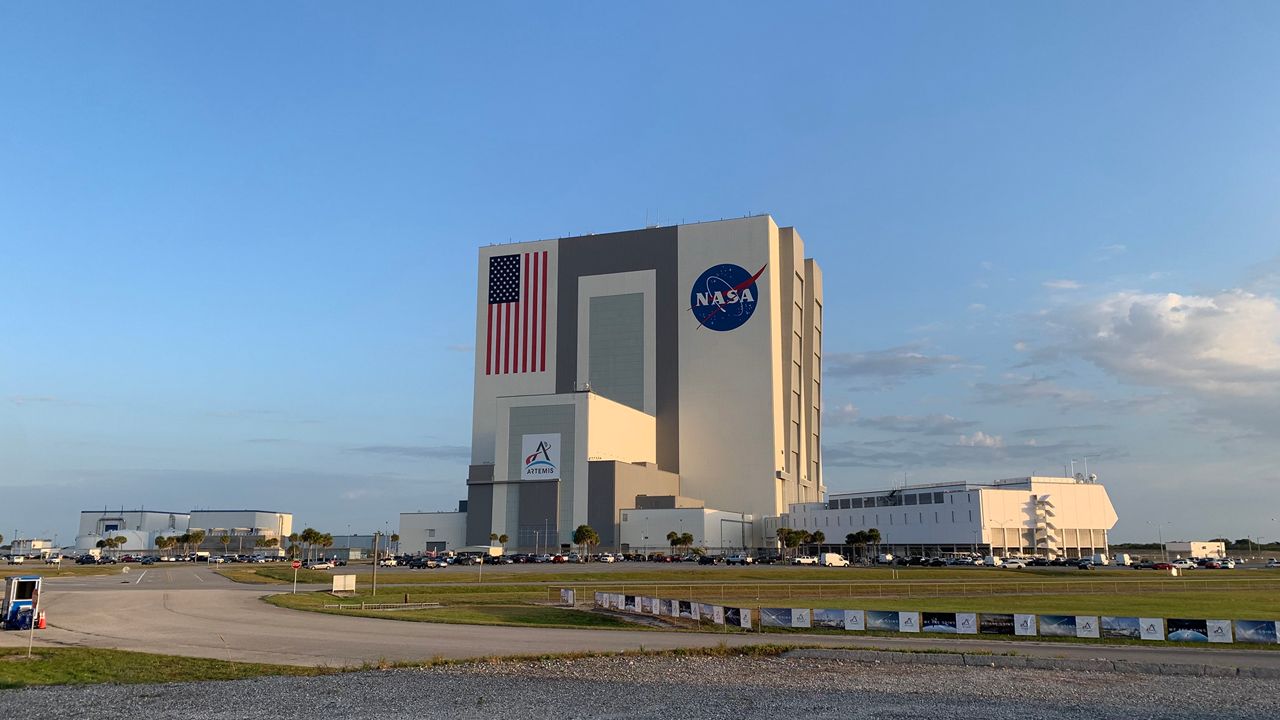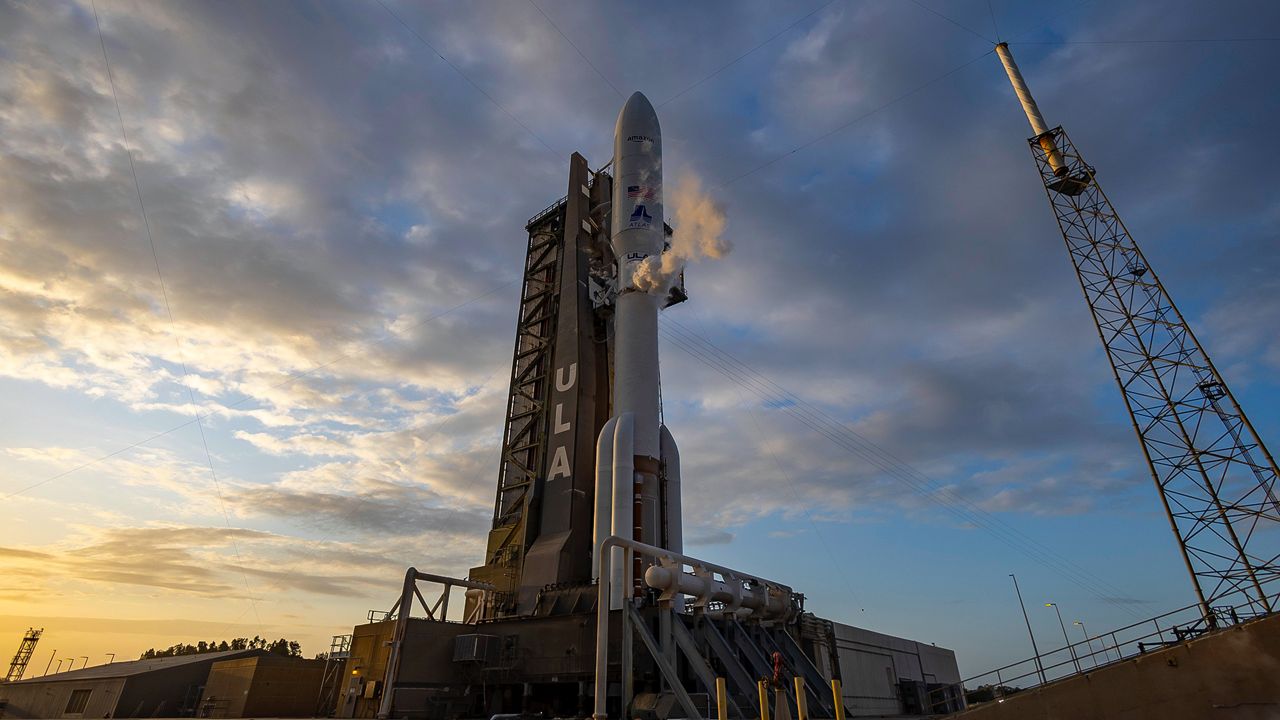KENNEDY SPACE CENTER — SpaceX pushed back the launch of its more than 20 Starlink satellites to Friday night, however, the weather does not look so promising.
What You Need To Know
- The Falcon 9 rocket will send up Starlink 12-17 mission from Kennedy Space Center’s Launch Complex 39A
- This will be a big launch for Falcon first-stage booster B1083 as it will be hitting the double digits
- Get more space coverage here ▶
The Falcon 9 rocket will send up Starlink 12-17 mission from Kennedy Space Center’s Launch Complex 39A, stated SpaceX.
The nearly four-hour launch window opens at 9:15 p.m. ET and closes at 1:12 a.m. ET, Saturday.
It means that during that timeframe, SpaceX can launch the Starlink 12-17 mission.
However, the weather looks a bit iffy. The 45th Weather Squadron is giving a 60% chance of favorable launch forecast with the primary concerns being liftoff winds, thick cloud layers and cumulus cloud rules.
Find out more about the weather criteria for a Falcon 9 launch.
If the launch is scrubbed, the next attempt will be Saturday at 8:48 p.m. ET.
The first attempt
SpaceX had wanted to launch the mission on Friday night, with a nearly three-launch window that would have started at 9:54 p.m. ET, Thursday. Later on Thursday, the launch window was shorten to a 16-minute launch window that was set to open at 1:24 a.m. ET and close at 1:40 a.m. ET.
SpaceX did not state why the launch time changed.
However, the forecast was much better as the 45th Weather Squadron gave a 95% chance of good liftoff conditions, with the only concern being the cumulus cloud rule.
The Big 10
This will be a big launch for Falcon first-stage booster B1083 as it will be hitting the double digits. It has had nine impressive missions in its resume, including two crewed ones and a lunar lander:
- Crew-8 launch
- Polaris Dawn mission
- Starlink 6-48 mission
- Starlink 6-56 mission
- CRS-31
- Starlink 6-65 mission
- Astranis
- Starlink 13-1 mission
- IM-2 mission
After the stage separation, the first-stage rocket will land on the droneship A Shortfall of Gravitas that will be in the Atlantic Ocean.
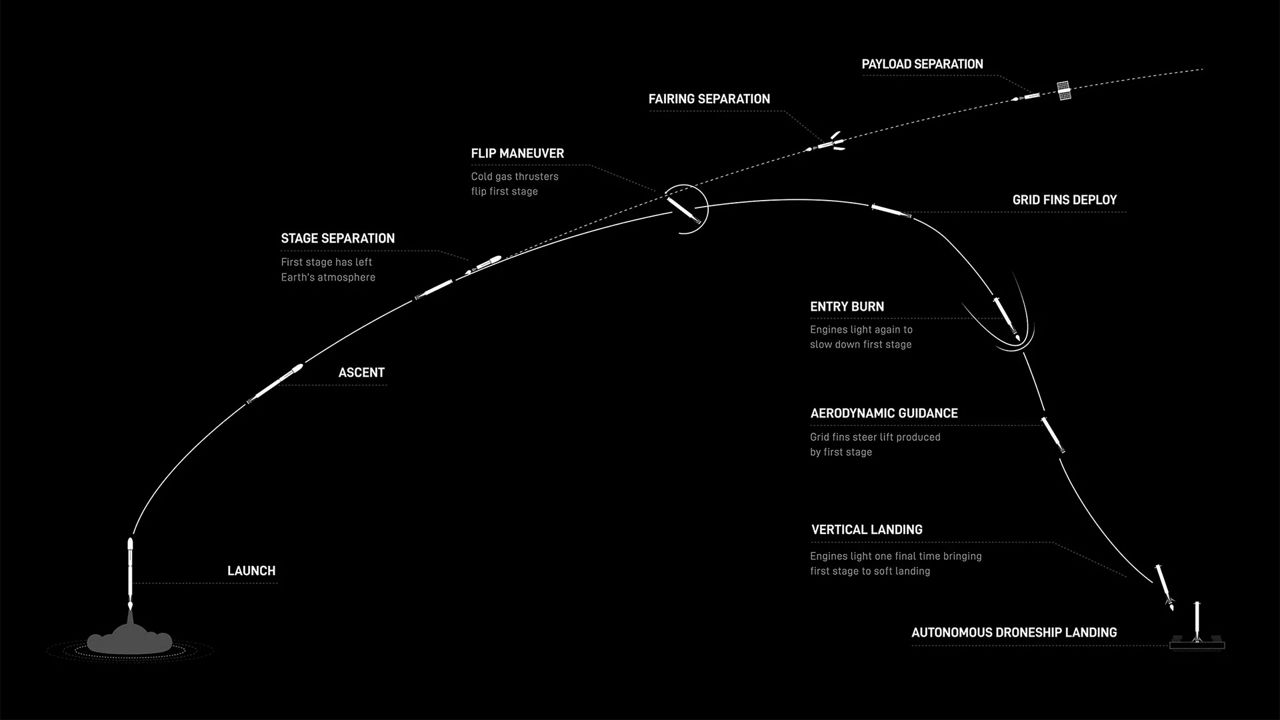
About the mission
The 21 satellites from the Starlink company, owned by SpaceX, will be heading to low-Earth orbit to join the thousands already there.
After they are deployed and find their home orbit, they will deliver internet service to many parts of Earth.
Dr. Jonathan McDowell, of Harvard-Smithsonian Center for Astrophysics, has been documenting Starlink satellites.
Before this launch, McDowell recorded the following:
- 7,216 are in orbit
- 6,496 are in operational orbit
